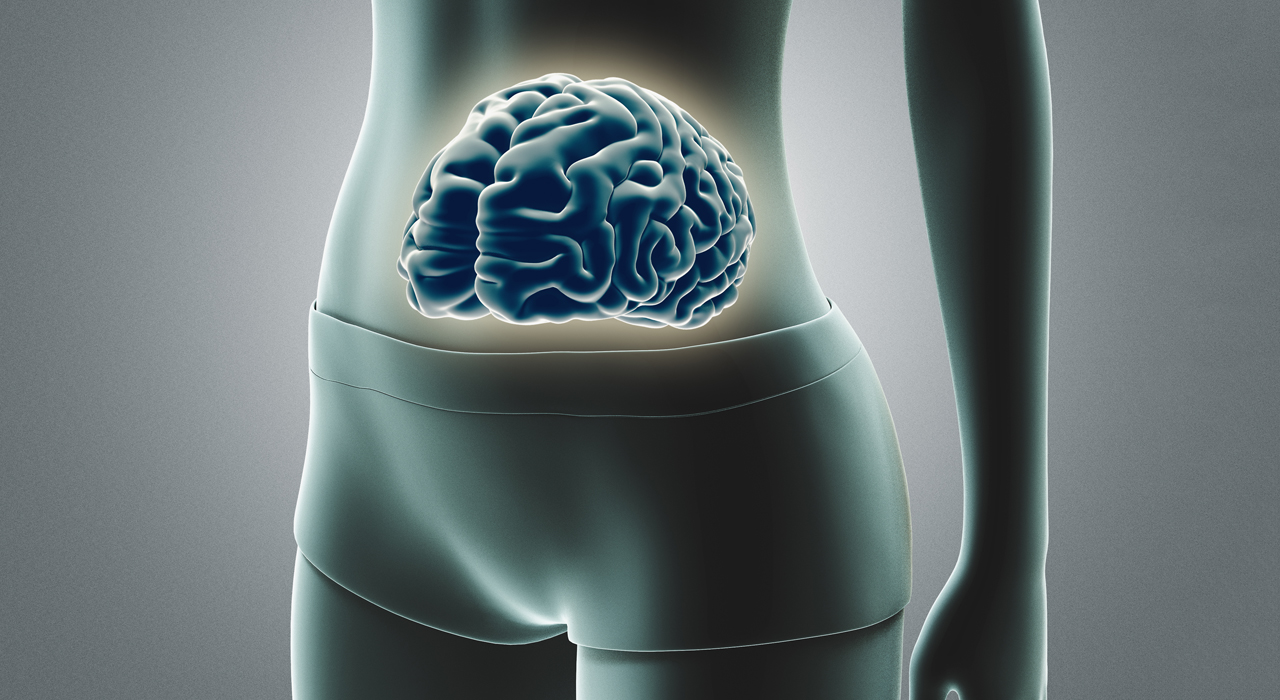Health
THE BRAIN-GUT CONNECTION
Did you know your brain is connected to your gut? Literally.
There is a nerve in the body that is the reason for that butterfly feeling you get when you hug your crush. Did you also know that that same nerve connects our brain to our gut as well as linking to our heart, liver, intestines and lungs?
It’s called the vagus nerve.
The vagus nerve oversees a vast array of bodily functions such as controlling mood, digestion, immune response and heart rate.
This far-reaching nerve extends from the brain stem down into the stomach and intestines. It’s the longest cranial nerve and is often referred to as the “wanderer nerve”.
Nerve fibers existing throughout the stomach and intestines are referred to as the enteric (second) brain. 90% of those nerve fibers connect back up to the brain through this nerve!
The vagus nerve is essential in keeping the immune system working properly, helping to improve digestion, gut health, reduce inflammation, and it even controls mood.
According to clinical psychologist, Doctor Arielle Schwartz, short-term activation of your sympathetic nervous system releases cortisol and helps keep your immune system at healthy levels. Long-term stress suppresses immunity. However, chronic traumatic stress has an inverse reaction, leaving your immune system unchecked which leads to inflammation in the body.
Activation of the vagus nerve keeps your immune system in check and releases an assortment of hormones and enzymes such as acetylcholine and oxytocin. This results in reductions in inflammation, improvements in memory, and feelings of relaxation. Vagus nerve stimulation has also been shown to reduce allergic reactions and tension headaches.
Natural vagus nerve stimulation exercises:
1. Humming
The vagus nerve passes close to the vocal cords and the inner ear. Humming can help in stimulating the vagus nerve through the vibrations that humming produces.
2. Conscious Breathing
The breath is one of the fastest ways to influence our nervous system. The aim is to move the belly and diaphragm with the breath and to slow down your breathing. Vagus nerve stimulation occurs when the breath is slowed from our typical 10-14 breaths per minute to 5-7 breaths per minute. You can achieve this by counting the inhalation to five, holding briefly, and exhaling to a count of 10. You can further stimulate the vagus nerve by creating a slight constriction at the back of the throat and creating an “hhh”. Breathe like you are trying to fog a mirror to create the feeling in the throat but inhale and exhale out of the nose sound (in yoga this is called Ujjayi pranayam).
3. Valsalva Maneuver
It sounds complicated but it really isn’t. This is a process of attempting to exhale against a closed airway. You can do this by keeping your mouth closed and pinching your nose while trying to breathe out. This increases the pressure inside of your chest cavity increasing vagal tone.
4. Diving Reflex
Considered a first rate vagus nerve stimulation technique, splashing cold water on your face from your lips to your scalp line stimulates the diving reflex. You can also achieve the nervous system cooling effects by placing ice cubes in a ziplock and holding the ice against your face and a brief hold of your breath. The diving reflex slows your heart rate, increases blood flow to your brain, reduces anger and relaxes your body.
5. Connection
Reach out for relationships. Healthy connections to others, whether this occurs in person, over the phone, or even via texts or social media in our modern world, can initiate regulation of our body and mind.














